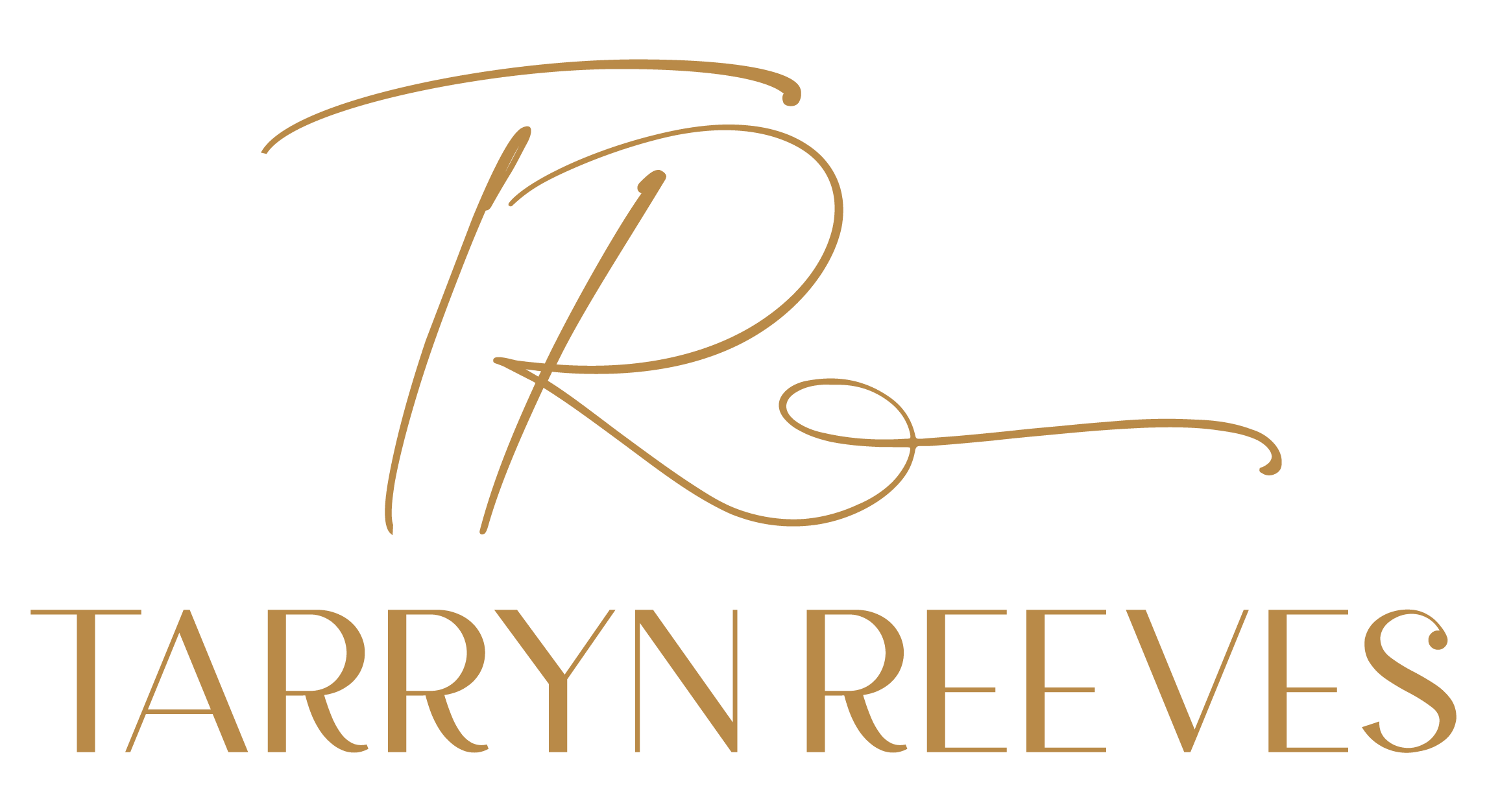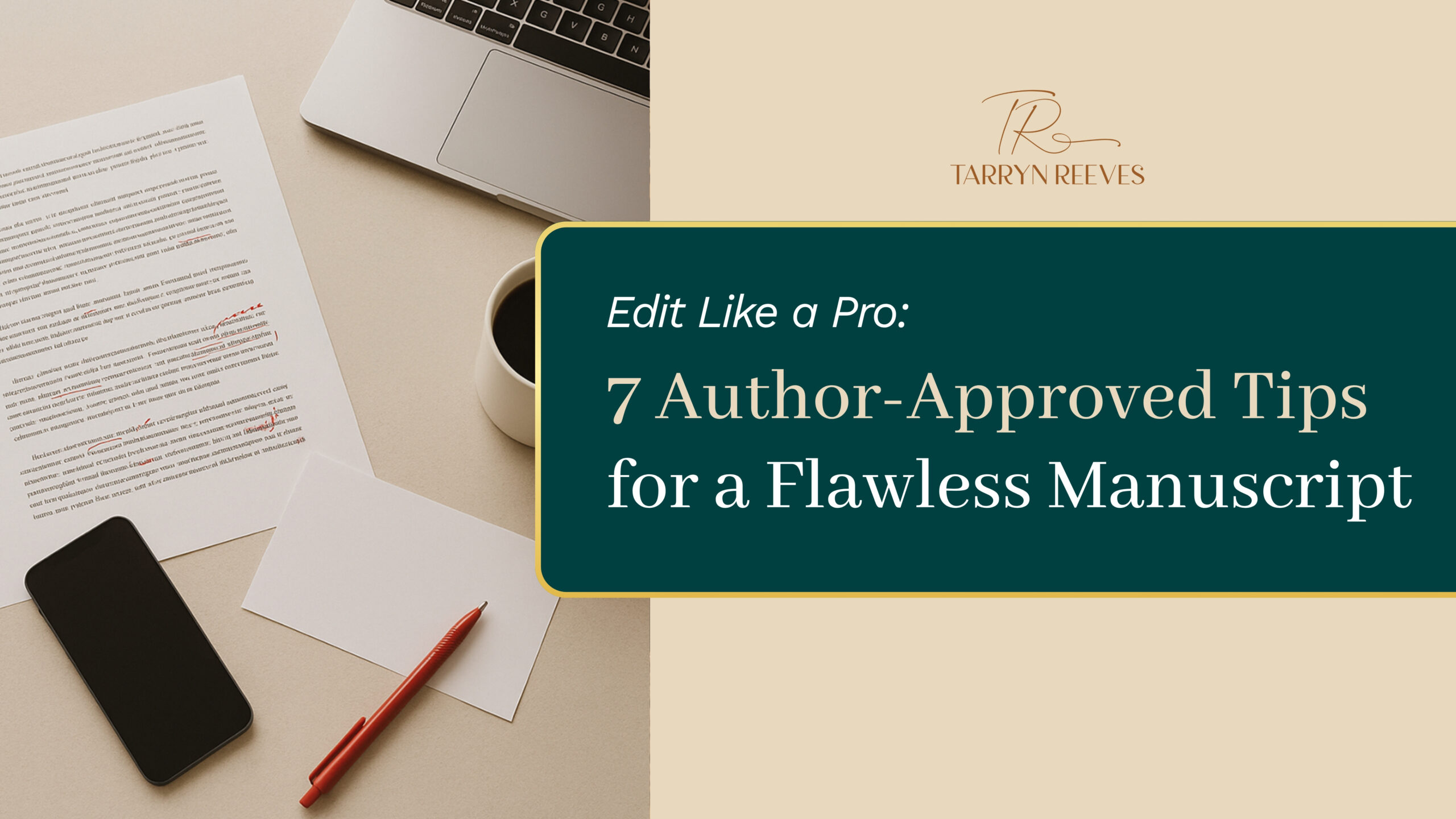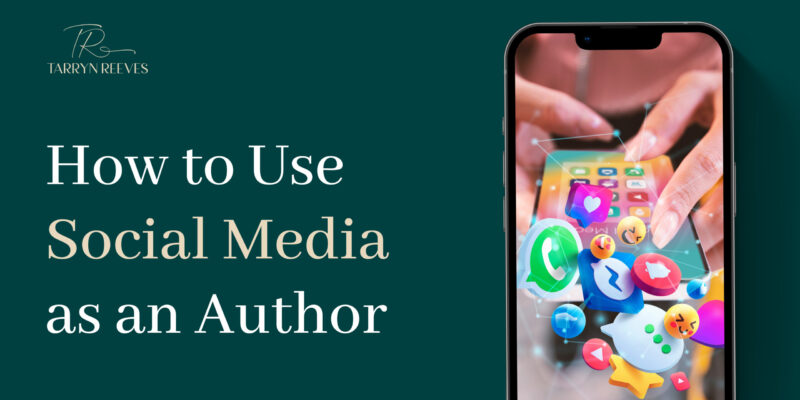So you’ve finished the first draft of your non-fiction book — congrats! That’s a huge milestone. But before you hit “send” to your editor (or worse, publish), there’s a powerful step that can make or break the success of your book: self-editing.
Professional editing is essential, but self-editing is where you lay the groundwork for clarity, impact, and flow. Here’s how to edit like a pro — even if you’re not one (yet).
1. Embrace the “First Bad Draft” Mindset
Don’t expect perfection on the first go. Editing becomes easier when you accept that your draft is supposed to be messy. You’re not fixing mistakes — you’re sculpting brilliance.
📝 Pro tip: Give yourself a few days’ distance before editing. Fresh eyes = better judgement.
2. Read It Out Loud
This might feel awkward at first, but trust me — it works. Reading aloud helps catch clunky sentences, awkward phrasing, and poor flow that your eyes might skip over.
🎧 Bonus: Use text-to-speech tools to hear how it sounds.
3. Cut the Fluff
Non-fiction readers value clarity. Look for filler words, repetition, and long-winded explanations. If a sentence doesn’t serve your core message, trim it.
🚨 Watch out for words like: just, really, very, in order to, that.
4. Check Your Structure
Does your book have a logical flow from chapter to chapter? Within each chapter, are you leading your reader through a clear journey? Use headers, bullet points, and summaries to make your structure scannable and digestible.
🧭 Think reader-first: What do they need to know next?
5. Clarify Your Key Message
Each chapter should reinforce the core transformation your book promises. Ask yourself: Is this section aligned with the main purpose of the book? If not, revise or cut.
🔍 Stay focused. Clarity = credibility.
6. Create a Consistency Checklist
Check for:
Tense consistency
Tone alignment
Formatting (headings, font size, spacing)
Terminology (don’t call the same thing by three different names)
🔄 Consistency builds trust and helps the reader follow along.
7. Don’t Edit Alone Forever
Once you’ve done your part, pass the baton to a professional editor. Their job is to refine, polish, and elevate. But the stronger your self-edit, the more impactful their work becomes.
🛠️ A great book is a collaboration.
Final Thoughts
Self-editing isn’t about being perfect — it’s about being intentional. It’s your opportunity to elevate your ideas, sharpen your voice, and set your book up for success before it ever hits the editor’s desk.
Remember: Write fast. Edit slow. Publish well.




